REST API Basics & Best Practices Explained
RESTful APIs let different parts of a system talk to each other using standard HTTP methods. They’re the most common way developers build and consume APIs today, powering everything from mobile apps to backend microservices.
In this article, you’ll learn how to design clean, consistent REST APIs by following proven best practices, so you avoid the messy, inconsistent patterns that make APIs hard to use and maintain.
1. Resource Modeling: The Foundation of REST
In REST, everything is a resource — a product, a user, a review. These resources are exposed through URLs using nouns, not verbs:
✅
GET /products❌
GET /getAllProducts
Resources can be individual items or collections:
Collection:
/api/v1/productsSingle item:
/api/v1/products/123Nested resource:
/api/v1/products/123/reviews
Clear, consistent URL design makes your API predictable, which is a big plus for developers using it.
2. Filtering, Sorting & Pagination
Real-world APIs return large datasets. To avoid overwhelming the client (and your servers), we need to support filtering, sorting and pagination.
Filtering
Let clients narrow down the result set:GET /products?category=books&inStock=true
Sorting
Let clients control the order:GET /products?sort=price_ascGET /products?sort=rating_desc
Pagination
Split large datasets into pages:GET /products?page=2&limit=20
Pagination is typically managed with page and limit query parameters. But there are other styles as well:
Offset-based:
?offset=40&limit=20Cursor-based:
?after=xyz123
These tools improve performance, reduce bandwidth, and give frontend teams (and other services) more control.
3. HTTP Methods: Map to CRUD
REST uses standard HTTP methods for basic operations:
Example:
GET /products/123— fetch a productPOST /products— create a new onePATCH /products/123— update its priceDELETE /products/123— remove it
4. Status Codes & Error Handling
Your API should speak the language of the web, which means it should also return the proper HTTP status codes.
Common codes
200 OK— success201 Created— resource created204 No Content— success, nothing to return400 Bad Request— invalid input401 Unauthorized— user not authenticated404 Not Found— resource doesn’t exist500 Internal Server Error— something broke
Standard error responses
{
"error": {
"code": "VALIDATION_ERROR",
"message": "Invalid product ID format",
"details": [...]
}
}Keep it consistent. The client should never be guessing what went wrong.
5. RESTful API Design Best Practices
Here’s a checklist to level up your API design:
✅ Use plural nouns for resource names (
/products)✅ Keep URLs consistent and hierarchical
✅ Support filtering, sorting, and pagination
✅ Use content negotiation when needed (
Accept: application/json)✅ Version your APIs (
/v1/users)✅ Include HATEOAS links for discoverability (optional but useful)
Bad API design leads to confusion, inconsistent implementations, and long-term pain. Good design saves time and scales with your product.
Want to build real RESTful APIs and master system design?
Here are two ways I can help you with that:
Prefer a self-paced start? Grab my System Design course here
Recap
We covered the core building blocks of great RESTful APIs:
Resource modeling and clean URL design
Filtering, sorting, and pagination techniques
Proper use of HTTP methods
Meaningful status codes and consistent error responses
Best practices for scalable, intuitive APIs


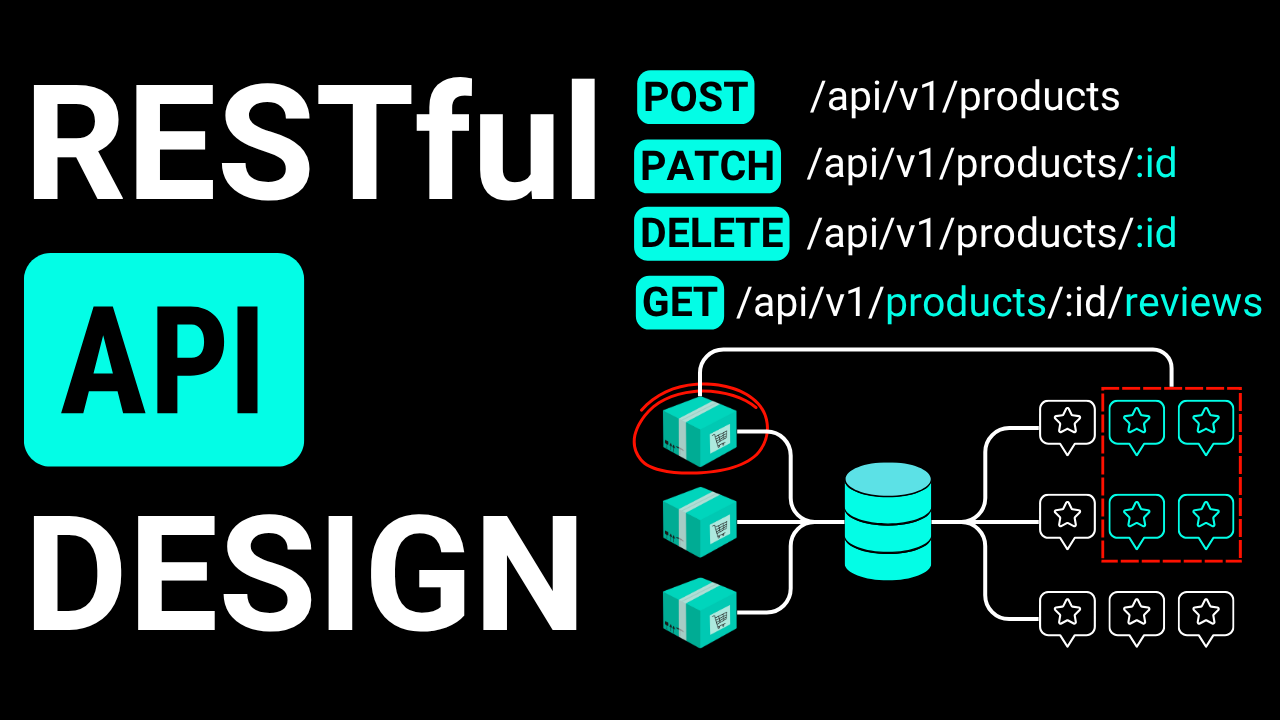
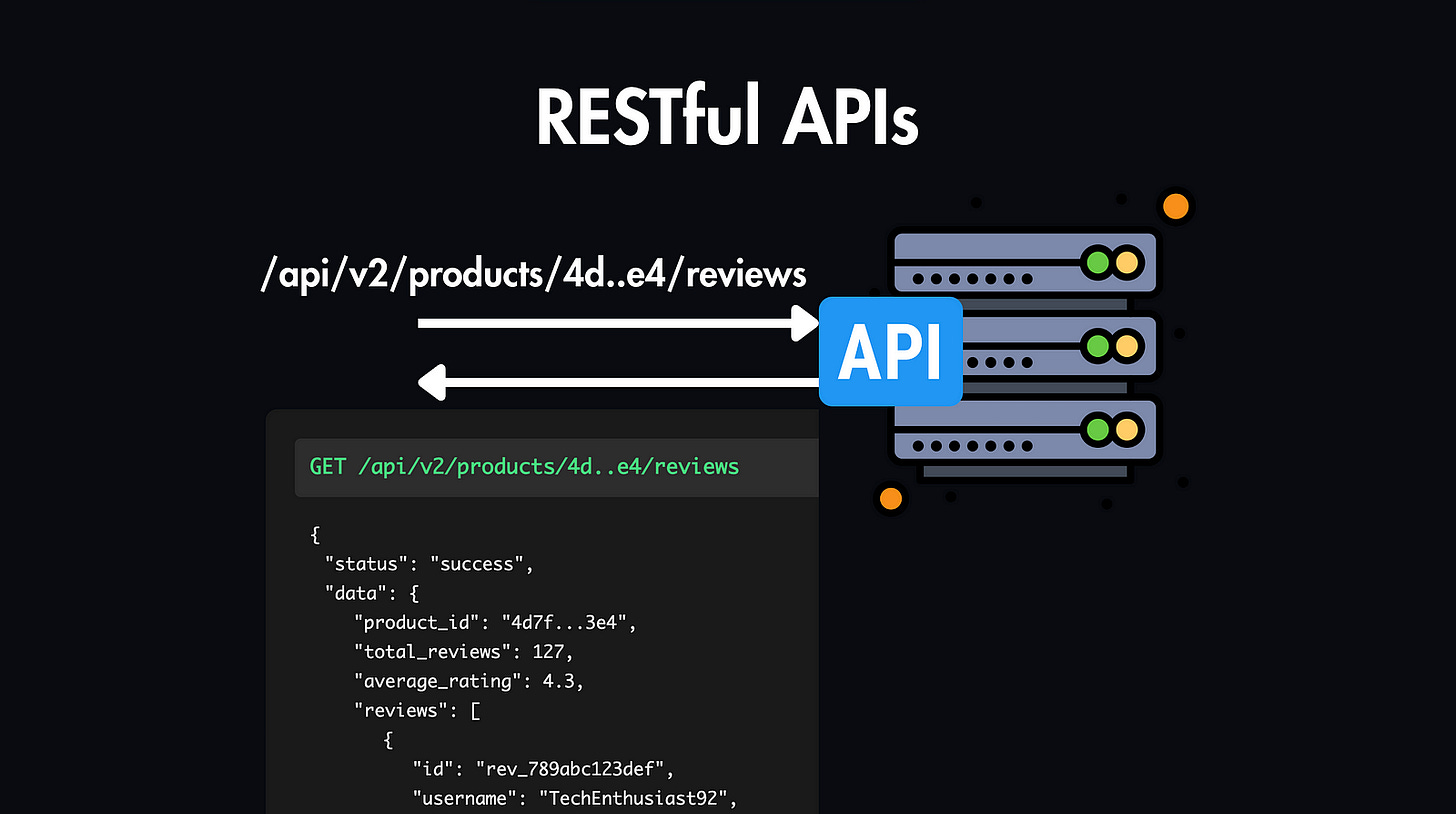
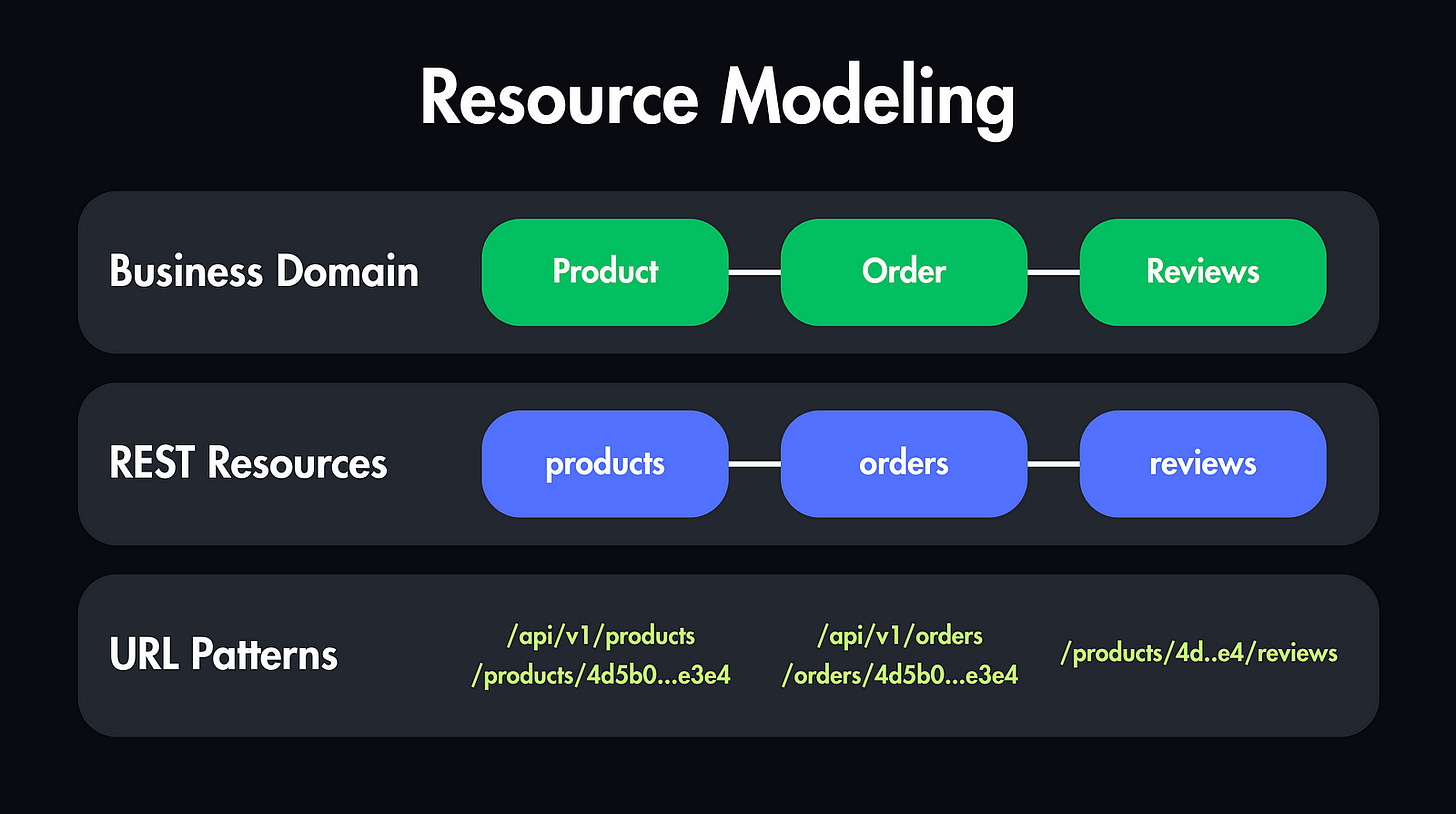
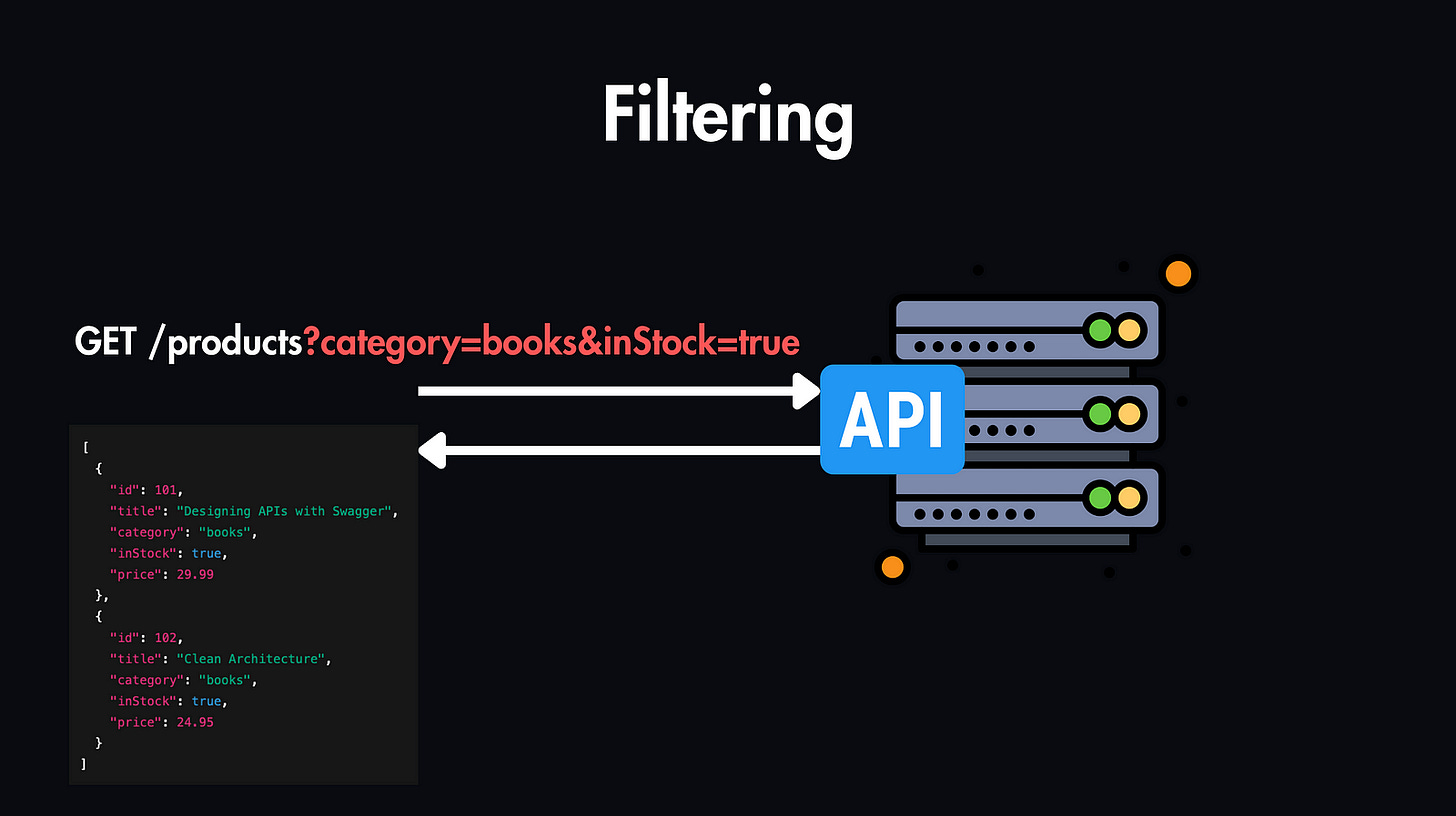
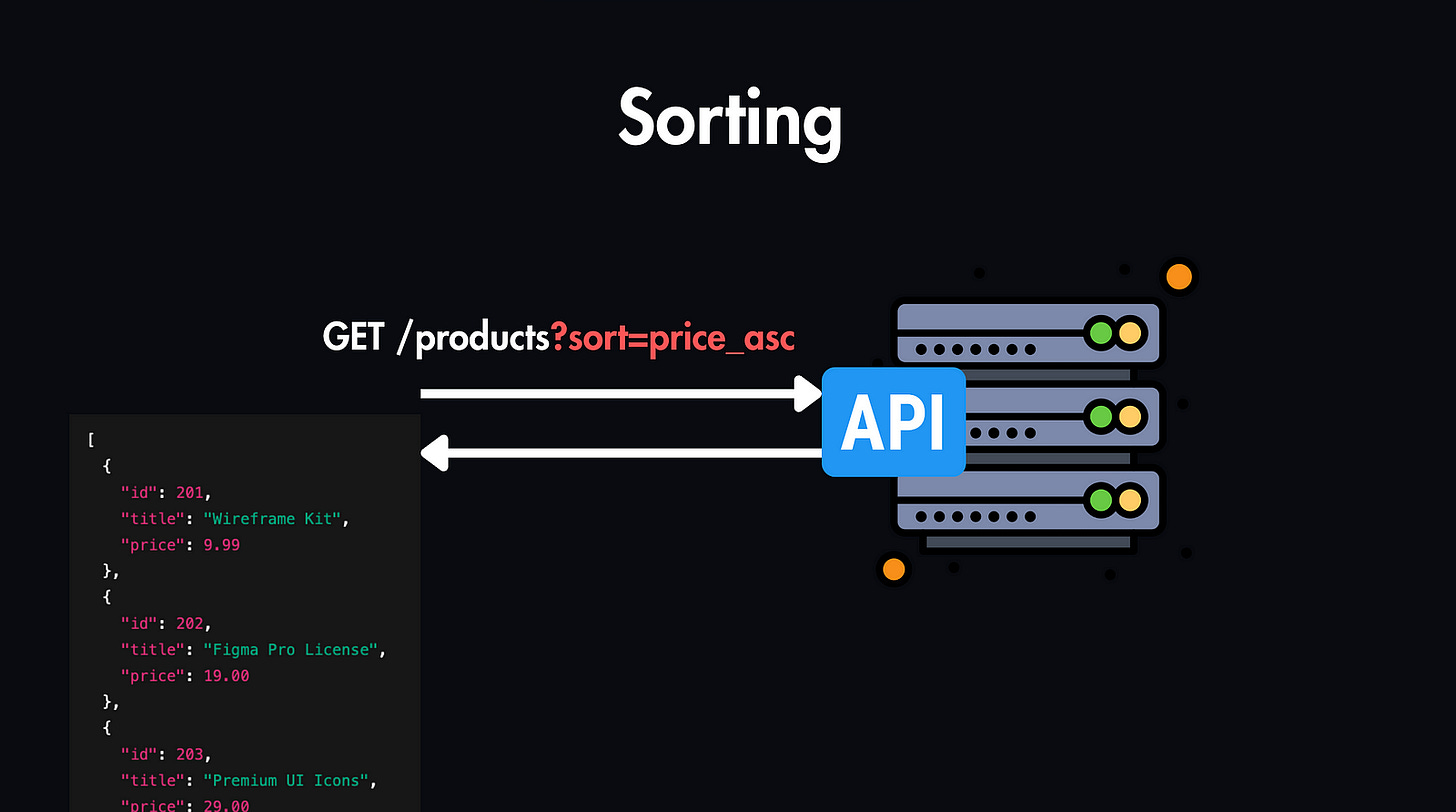
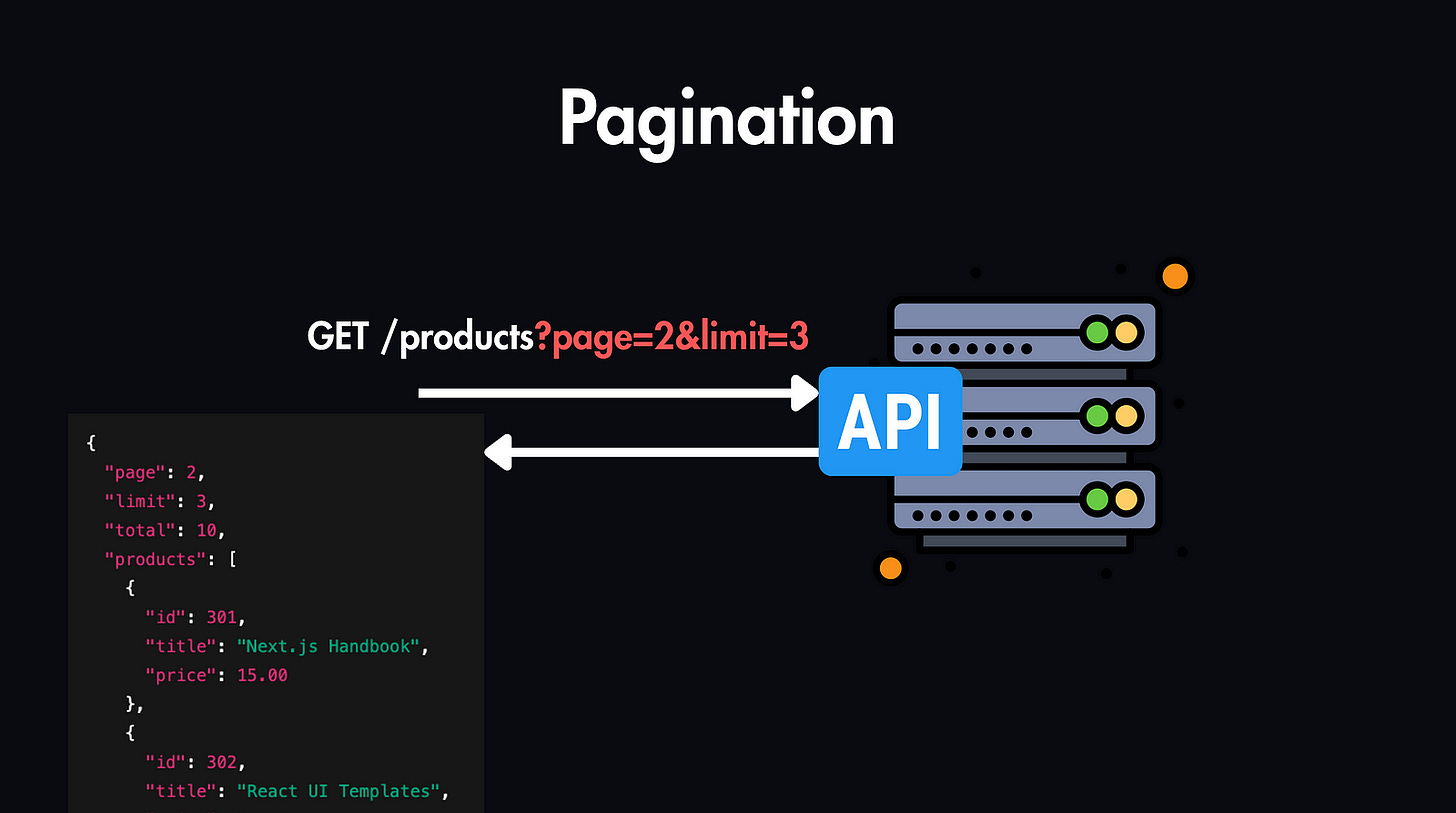
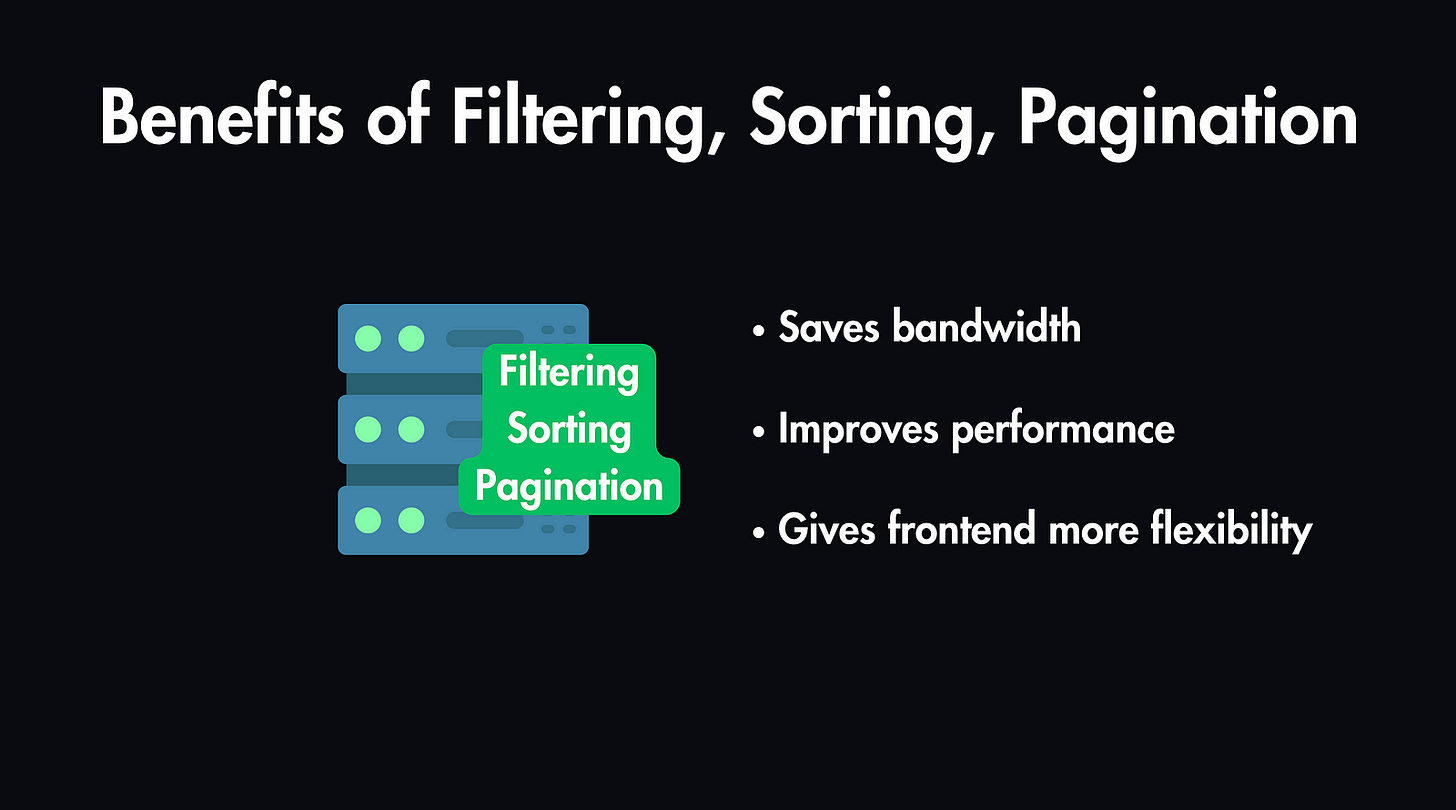
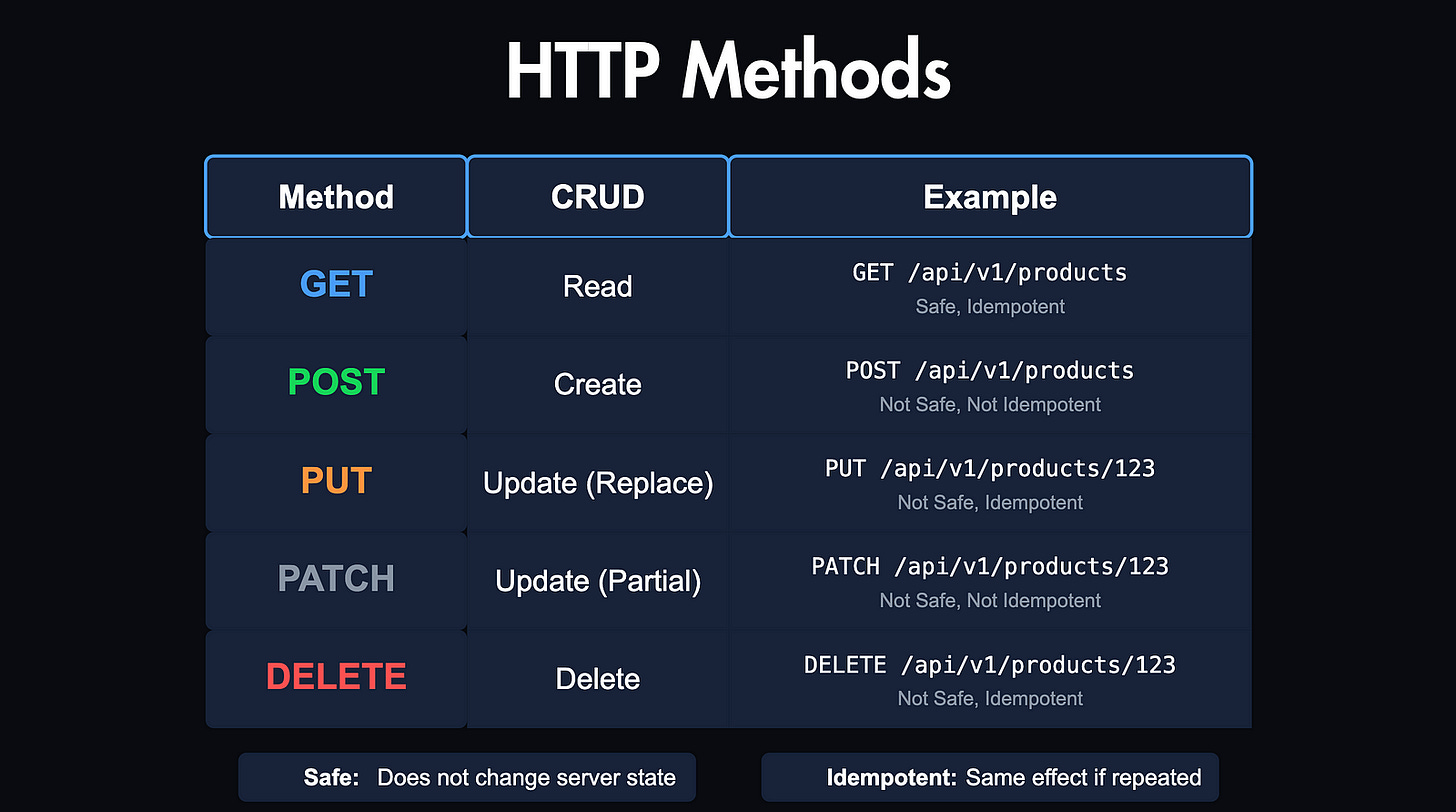

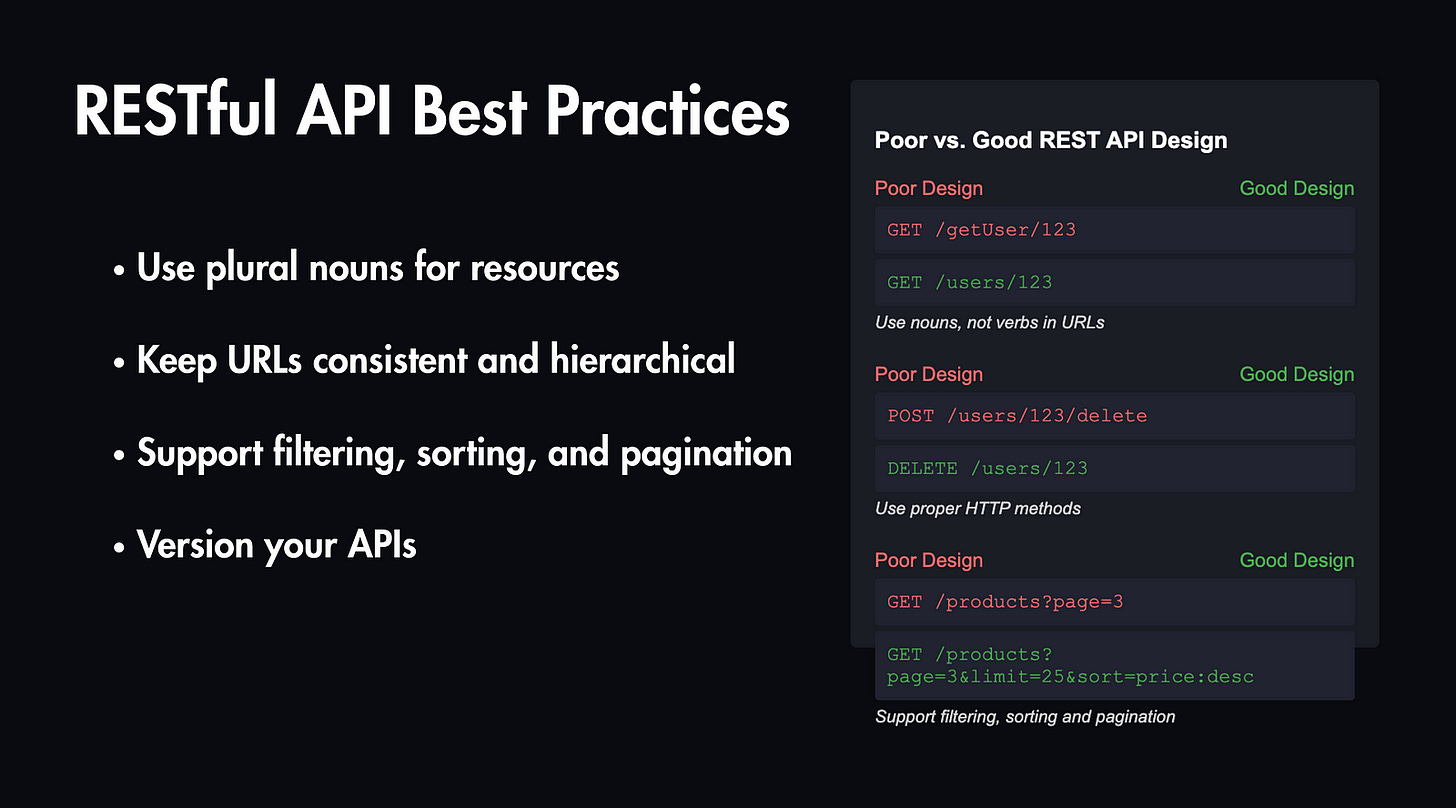
Thank you for the article.
Very detailed! I love the comparison between poor and good design. It's easy to understand!